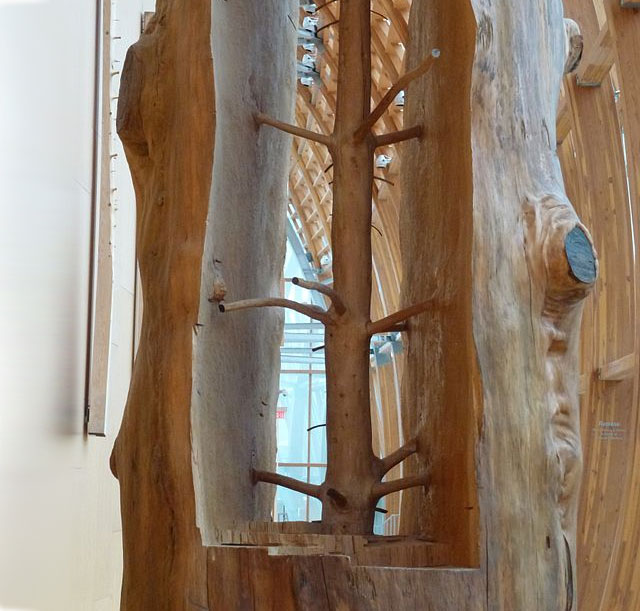A few days ago, scrolling through the various twitter feeds and blogs I read, I noticed that many of my friends were sharing news articles and blog posts about plants, often with excited comments or interesting insights. Many of these friends are not what I would call “plant people.” I realized that all those times I’d waxed on about a particularly strange bit of plant physiology or a beautiful and weird plant I’d come across has sparked at least a passing interest in botany in some of my friends. What allowed that interest to then develop to the point of sharing the nerdy plant love with all of their friends, however, had nothing to do with me. Their interest developed because of blogs, especially science blogs, which cover the plant world with excitement, affection, and a minimum of jargon. Most normal news outlets don’t have a great science section, especially when it comes to the latest and greatest in the plant world. But all kinds of delightfully cool plant research, stories, and knowledge are shared by botanically inclined folks every day.
 The Berry Go Round blog carnival is all about getting more people reading about all those amazing and important photosynthesizers and connecting the people who already love and write about them. BGR does this by collecting and highlighting a range of plant-focused blogging every month. If you’d like to be a part of this 5 year tradition, read on, submit your own leafy ponderings, or host the carnival on your own blog. The last BGR was hosted by the carnival founder himself at SeedsAside.
The Berry Go Round blog carnival is all about getting more people reading about all those amazing and important photosynthesizers and connecting the people who already love and write about them. BGR does this by collecting and highlighting a range of plant-focused blogging every month. If you’d like to be a part of this 5 year tradition, read on, submit your own leafy ponderings, or host the carnival on your own blog. The last BGR was hosted by the carnival founder himself at SeedsAside.
And now, for the main event, the December edition of the Berry Go Round blog carnival!
Hollis covers the botanical and cultural history of a very popular fruit (or is a vegetable?) from 1544 to today over at In the Company of Plants and Rocks, starting with the long sequence of name changes. I vote for a return to “wolf peach.” SeedsAside covers the many edible parts of another fruit.
Also at SeedsAside, some ruminations on definitions of botany and what it means to be a botanist – and what other people think you mean when you say you’re a botanist. I think plants are the bees knees and know an awful lot about them, but, like SeedsAside, I hesitate to call myself a botanist because I’m pretty clueless when it comes to systematics.
Hollis describes the weird and wonderful anatomy of cacti and some unsolved mysteries of cactus spines.
It looks like many contributors were too busy decorating conifers and eating turkey to send in a submission for this edition, but there’s always next month to submit a post!
Update 31/12/2012: You can use the submission form linked above to submit a post to BGR or just tweet your link with the #berrygoround hashtag.
Update 1/1/2012: January’s carnival will be hosted by long time BGR supporter Jeremy Cherfas over at the Agricultural Biodiversity Weblog.
